UPDATE: I helped out at a public moth event and bioblitz this morning at the wonderfully serene Coton Orchard, 2-3km west of central Cambridge. It’s a century-old orchard with great soil and a lot of biodiversity, Anna Gazeley told me at the event. It is, unfortunately threatened by what can only be described as a wholly inappropriate, costly, and ten-years out-of-date transport-infrastructure project for Cambridge. All in the name of sustaining Cambridge’s purported 15-minute city ethos.
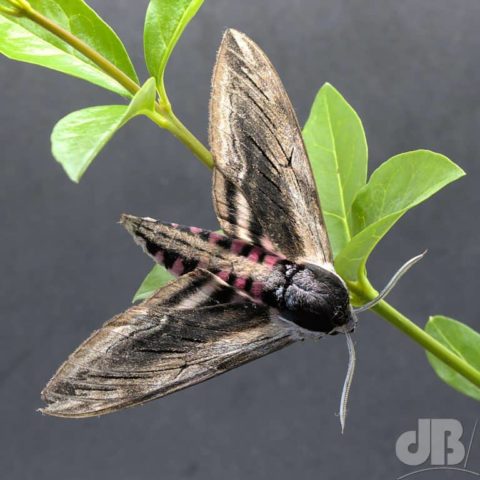
Anyway, there was a good crowd of people of all ages who turned up quite early on a Saturday morning to see the grand unveiling of the moth traps. There were a lot of species, Privet Hawk-moth, Elephant Hawk-moth, Lunar-spotted Pinion, Dark Umber, Heart & Dart, Heart & Club, Dark Umber, Marbled Orchard Tortrix, Small Emerald, Silver Y, Bordered Straw, lots of micros, and many, many more from three actinic and one mercury vapour bulb trap.
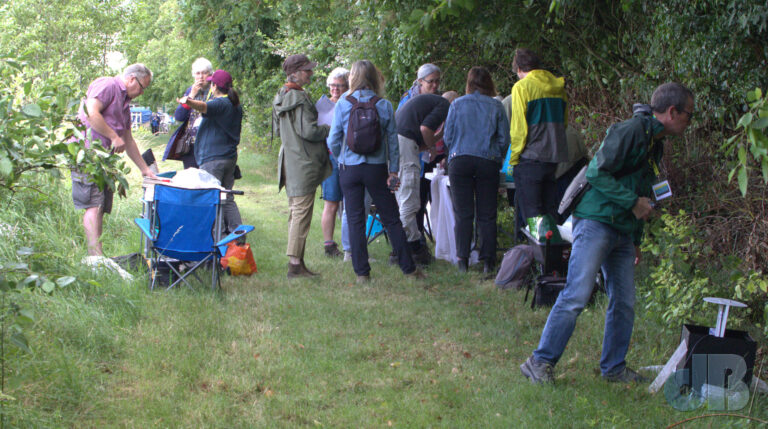
I, and the proper moth experts there (Adrian Matthews, Ben Greig, Jim Cox, Lois Clarke, and others), talked to members of the public who were curious about various aspects of the moths, especially the names of different species.
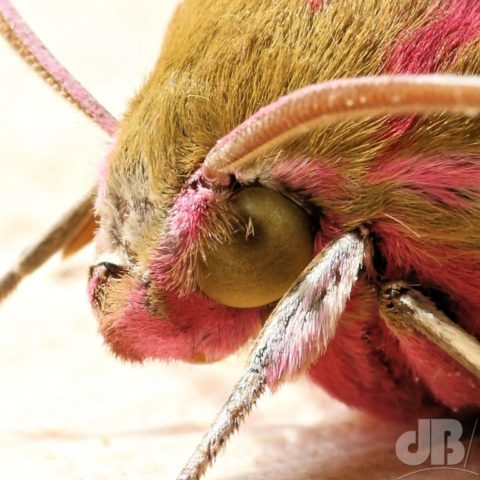
I kept an eye on what was being revealed in each trap and was quite surprised, but encouraged, to see that I recognised a lot of the species from my own garden mothing over the last five years. There were dozens of species and hundreds of moths all enjoying their life in and around the orchard, I’m sure. Some were more rare than others, like Small Emerald and Dark Umber, and there may well be rarities at the orchard too that didn’t find the traps but were among the trees and in the undergrowth. Of course, there were lots of Apple Ermine moths. The team there is hoping and waiting to see the super-rare Black Hairstreak butterfly on the wild blackthorn on this site.
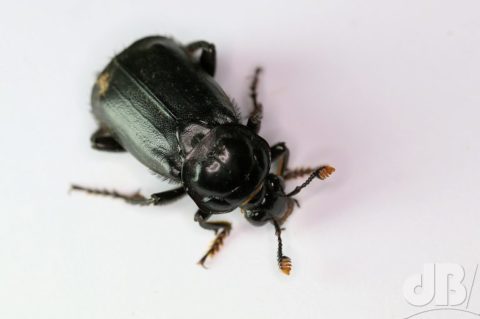
Also, there was bee expert Claire Wallace who pointed out that a sample had been taken for genetic testing from one of the beetles (a Sexton Beetle) found in one of the traps.
If you’ve been visiting Sciencebase for a while, you will know that in July 2018, I acquired a moth trap, became quickly fixated on this other world of nocturnal Lepidoptera, and have logged and photographed the species that turn up in my garden and that I see elsewhere ever since. Almost fanatically, Mrs Sciencebase would say…
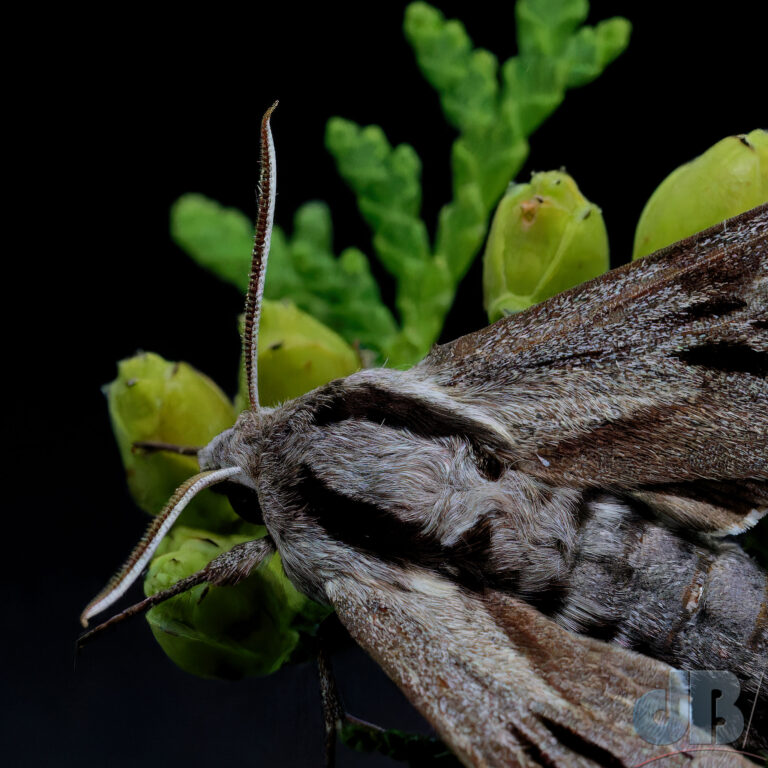
I did an audit of my logs at the end of June ahead of my five-year anniversary as a moth-er on 24th July. So, I’m writing this post on the 30th June and will update as July gets underway.
At the time of writing, I have recorded 448 moths in my South Cambridgeshire garden, mainly drawn to a 40W actinic light over the years, but occasionally and regularly for a month or so to a (cheaper-to-run) 20W Wemlite, an even-cheaper-to-run LepiLED, or to various pheromone lures. There has been the occasional moth that turned up without my having done anything, The Vapourer and the Lilac Beauty, for instance. The former on our bedroom window one afternoon (spotted by Mrs Sciencebase), the latter perched at the front door (spotted by me).
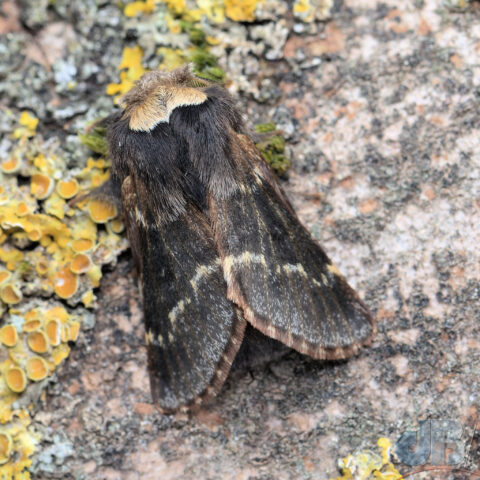
I have also recorded 34 species elsewhere, either random sightings on nature reserves, in woodlands, or in holiday house gardens. I have also photographed 38 species of British butterfly (butterflies are moths) and ten species outside the UK. So, in total, well over 500 species of Lepidoptera.
It’s the garden moth list that I focus on, however, I was hoping to reach 500 species of moth in the garden for my fifth anniversary, that seems unlikely unless there’s a big change in conditions and wind and weather in the next three weeks that brings some newbies in.
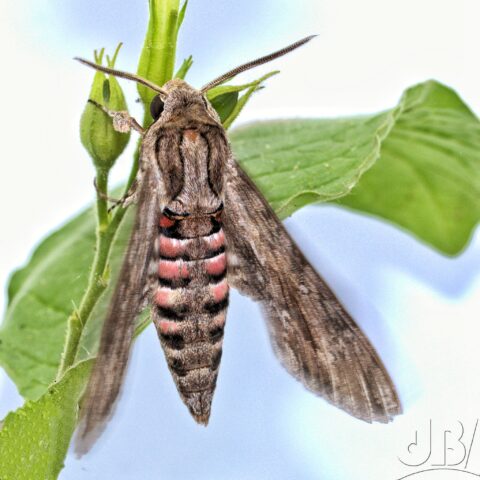
In my first year (2018), I saw approximately 127 species new to me. I had obviously seen a few moths in my life before that. In 2019, the NFM list was 125, in 2020, when we had a run of very warm days and cold March nights, I only ticked 30 new species in the garden. For 2021, that number was 38. Things picked up considerably in 2022 and despite that fact that I was basically seeing mostly the same moths year after year, I recorded more diligently the micro moths and the macros too and had 64 new species, with Convolvulus Hawk-moth (attracted to my Nicotiana flowers) and the wonderful December Moth (also in late September) being the highlights of that season.
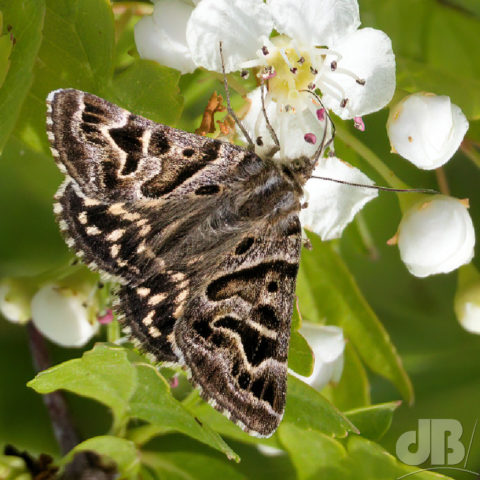
At the time of writing, I’ve recorded 19 new species in the garden and one elsewhere, Brindled Twist, which was in the local Les King Wood sitting next to a fairly rare Pyramidal Orchid.
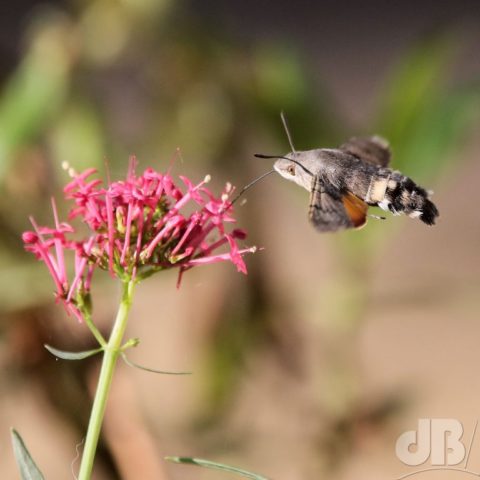
So, as of 30th June, 482 (non-butterfly) moths and just 34 of those not in the garden. Incidentally, I have ticked only one new butterfly species so far this year, Dingy Skipper at Devil’s Dyke. In the previous two years, I’ve seen 6 new species each year. I am hoping to add one or two more to that short list in 2023, but it may not happen.